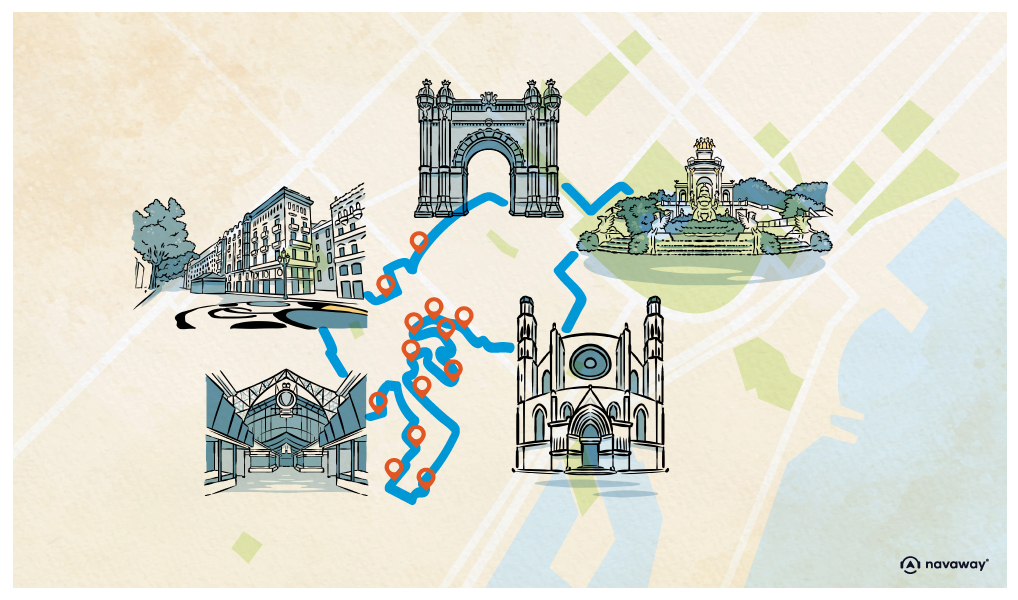
Plaça del Rei
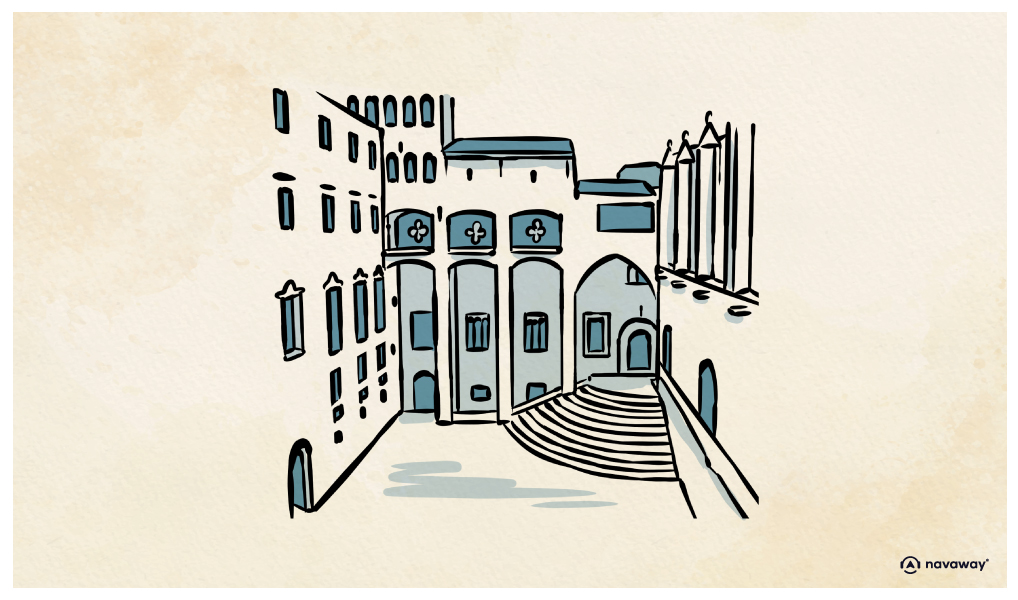
This point of interest is available as audio on the tour: Visit Barcelone, La belle catalane
A hidden medieval gem, the Plaça del Rei transports you back to the Middle Ages and the time of the Counts of Barcelona. Facing the royal palace, it once served as the castle’s outer courtyard, hosting markets and tournaments. In 1387, it was the site of Barcelona’s very first bullfight! Built in the 12th century over Visigothic and Roman ruins, the palace served as the residence of the Counts of Barcelona, and later the Kings of Aragon, until the early 15th century. At its heart is a vast hall used for royal receptions. Apparently, Christopher Columbus was received here upon his return from the America, by Isabella of Castile and Ferdinand of Aragon. Indeed, these Catholic Monarchs financed his travels. This grand hall is connected to the Palatine Chapel of Saint Agatha, built along the old Roman wall. It hosted the nobility’s private ceremonies and houses an impressive altarpiece, considered one of the finest examples of Catalan Gothic art. Finally, the palace has a magnificent orchard in its garden, surrounded by arcades and outbuildings. Today, it’s the place of the Frederic Marès Museum, dedicated to the famous Spanish sculptor. The Royal Palace was once the seat of the Inquisition, a ruthless medieval institution responsible for ensuring the purity of the Christian faith. It suppressed heresy and dissent against the Church. Look closely at the staircase leading up to the palace. It was right here that the Catholic King Ferdinand of Aragon narrowly escaped assassination on December 7th, 1492. His attacker was captured, tried, and sentenced to a gruesome death—this left a lasting impression and served as a warning to others. To the left of the palace, you’ll see King Martí’s Watchtower, built in 1555. It was considered one of the greatest skyscrapers of the medieval era, featuring five stories of rounded arch galleries. It overlooks the Lieutenant’s Palace, built a few years earlier for the Viceroy of Catalonia—though he never lived there. Since 1853, it has housed the Crown of Aragon Archives, making it one of the oldest archival institutions in Europe. You stepped into the Plaça del Rei through the palace’s inner courtyard. Now step closer to the main wall and take a look at the stones at its base. You’ll notice that some bear Hebrew inscriptions. These stones were reused after the destruction of Barcelona’s Jewish quarter between 1391 and 1492. Some of them are old tombstones, recovered from the old Jewish cemetery of Montjuïc. After the War of Spanish Succession, Catalonia’s political influence weakened, and the site was turned into a convent. From Roman ruins to the Catholic Monarchs, and later the nuns of Santa Clara, this square is steeped in deep historical significance. One can almost hear the echoes of the past, still lingering within these ancient walls.

Discover other tours to visit Barcelone

Discover Barcelone with app
An interactive guide through the most beautiful streets, squares, and districts
26 fun audioguides full of historical facts, anecdotes, and legends
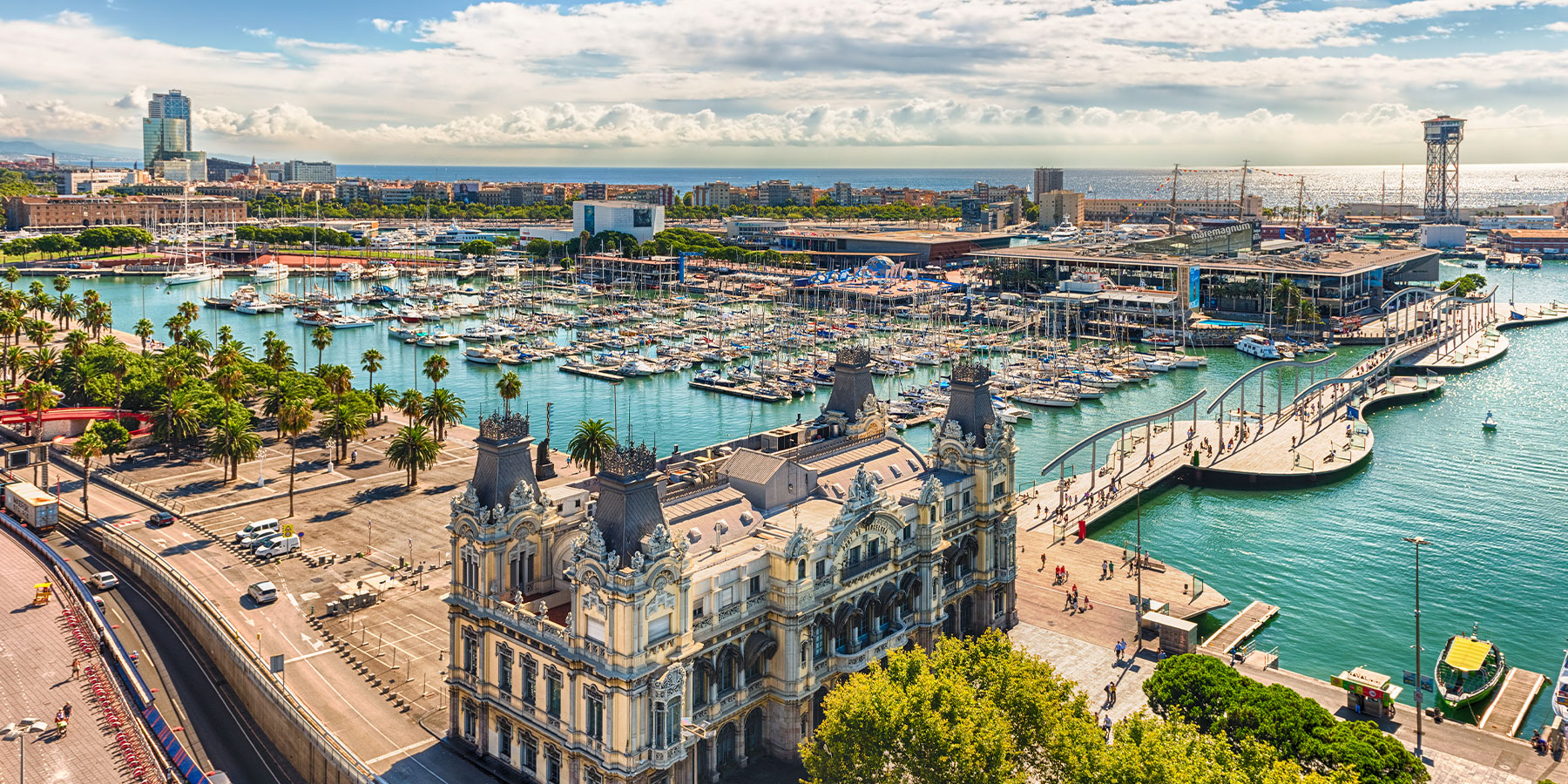
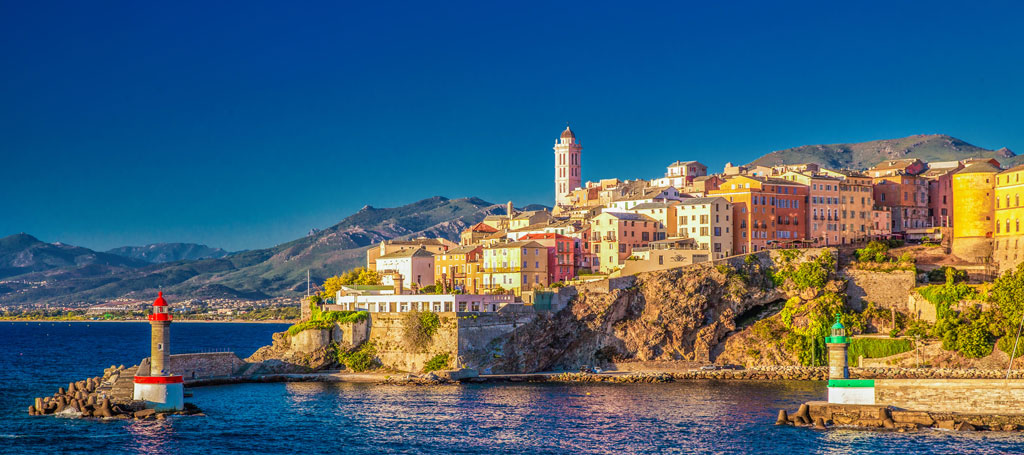
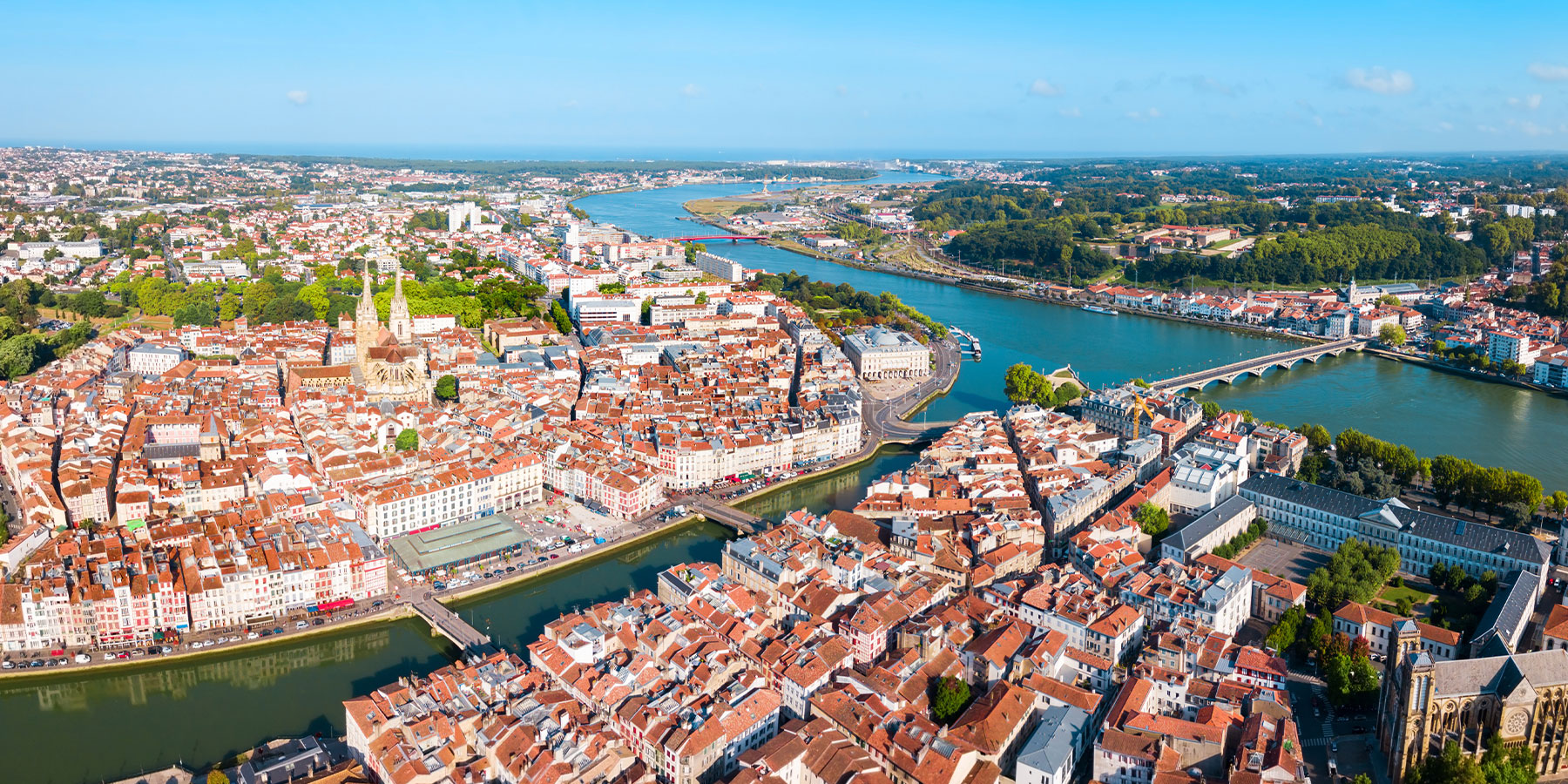
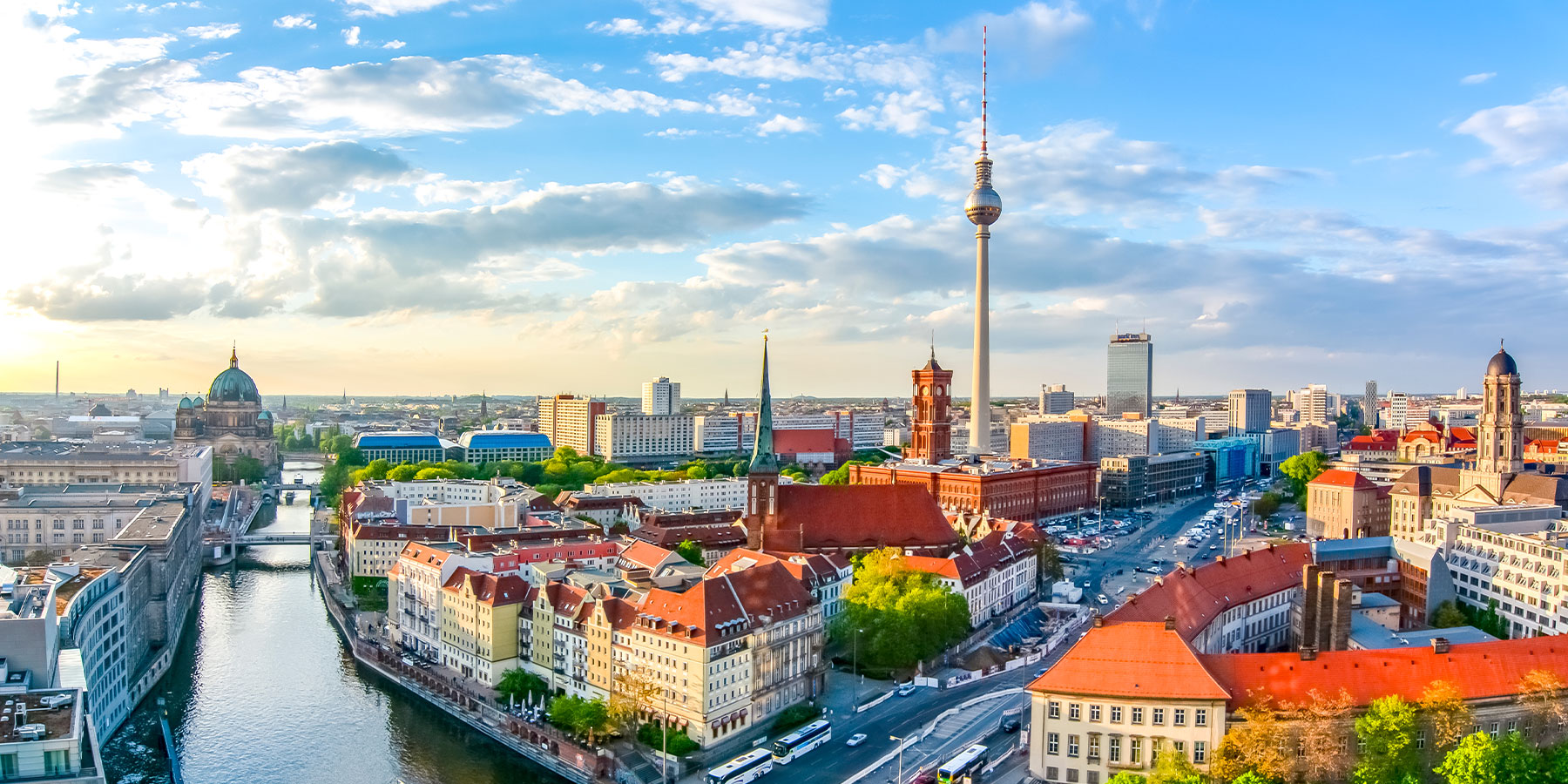


Comments